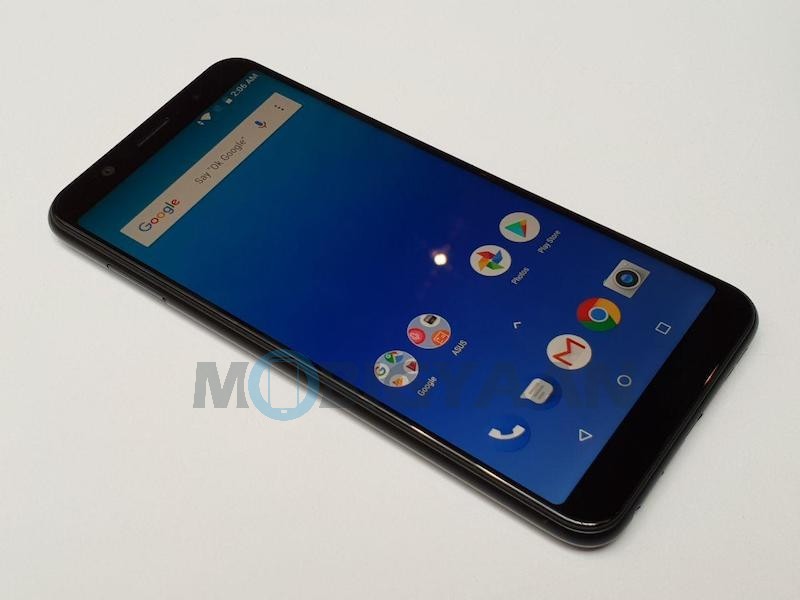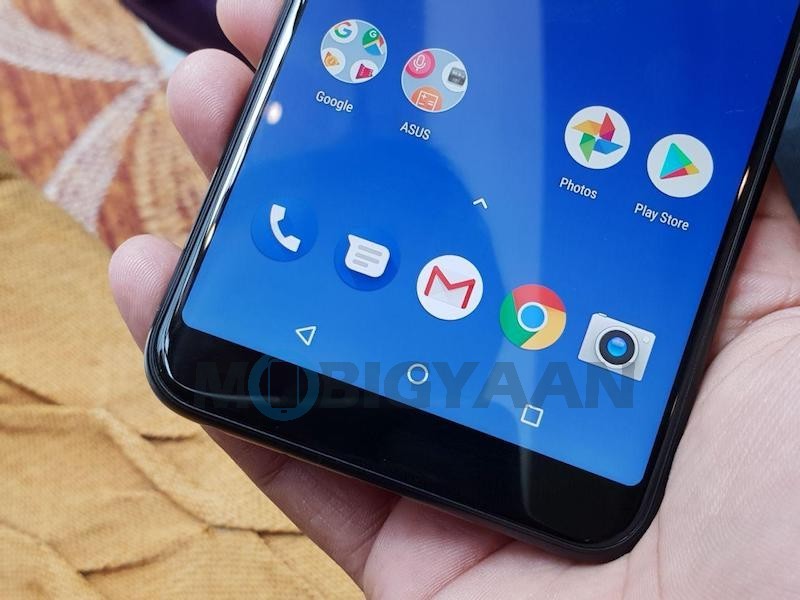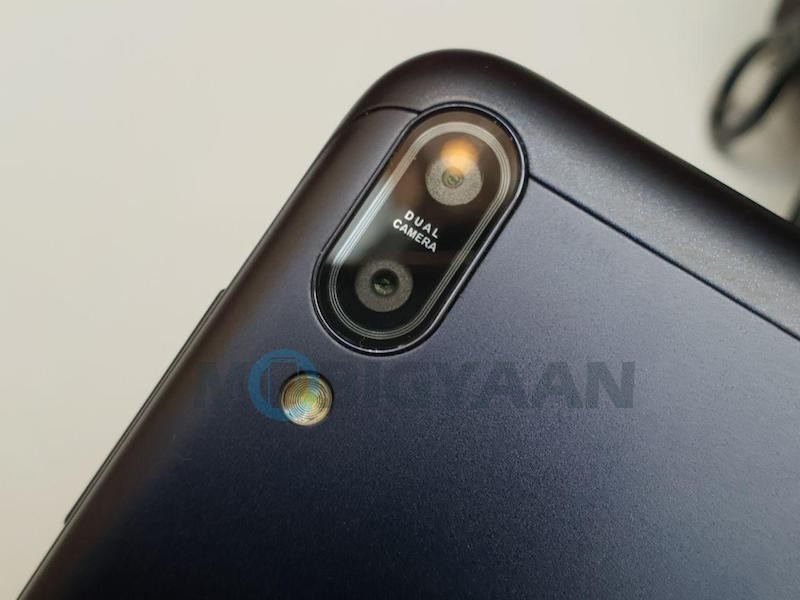ASUS launched the ZenFone Max Pro M1 in India to compete the Xiaomi Redmi Note 5 Pro and it is priced in the lower segment making it a value for money phone. These 5 cutting-edge features of the ZenFone Max Pro M1 will certainly make you think of it once. Here they are.

1) The Goodness Of Oreo & Stock Interface
ASUS has given up the ZenUI for the ZenFone Max Pro M1 and now the user gets the latest Android build i.e. version 8.1 Oreo with stock interface. No wonder this is the first stock Android device from ASUS, the ZenFone Max Pro M1 ensures it receives the latest updates. According to ASUS, the ZenFone Max Pro M1 can update to two versions of Android which will be upcoming Android P and Android Q.

2) Big 5,000 mAh Battery & Fast Charging
The ZenFone Max Pro M1 fits in a huge 5,000 mAh battery, perhaps the ZenFone Max series is known for its big battery unit. ASUS claims that the battery offers up to 25.3 hours of 1080p video playback, 28 hours of Wi-Fi browsing, 42 hours of 3G talking, and 199 hours of music playback. The charging time of the battery as per ASUS takes around 2 hours 42 minutes to charge the battery from 0% to 100%.
3) Faster CPU – Snapdragon 636
The ZenFone Max Pro M1 is packed with the newest Qualcomm Snapdragon 636 SoC, the same SoC we saw on the Xiaomi Redmi Note 5 Pro. Now that the ZenFone Max Pro M1 has got the best-in-class CPU, it has an edge over the midrange smartphones that offer Snapdragon 625, Snapdragon 630, Kirin 659. The Snapdragon 636 is about 50% faster than the old Snapdragon 625 found on the Redmi Note 5 and other phones.
About the Snapdragon 636, it consists of eight Kryo 260 cores clocked at a maximum rate of 1.8 GHz. Further, it is laced with up to 6 GB LPDDR4X RAM and Adreno 509 GPU for gaming. Do note that this is the same chip that powers the ZenFone 5 which was unveiled during the MWC 2018.

4) Two Is Better Than One – Dual Cameras 13 MP + 5 MP
On the camera’s front, the ZenFone Max Pro M1 equips a dual camera (13 MP + 5 MP) with bokeh mode that blurs the background and keeps the object in focus. Same applies to the 8 MP selfie camera.
These camera specs are available on its two variants i.e. 3 GB RAM and 32 GB storage, and 4 GB RAM and 64 GB storage. The 6 GB RAM variant with 64 GB storage which is yet coming soon has improved cameras.
The rear side offers a new 16 MP sensor as opposed to the 13 MP sensor on the other two variants. The top variant comes with 16 MP + 5 MP dual cameras and a 16 MP selfie camera versus the 8 MP on the rest of the variants. The pricing of this variant is kept at Rs 14,999.

5) 18:9 Full View Display
The new 18:9 display standard is going big, almost all the manufacturers are trying to provide the same. But what’s with the 18:9 display? A phone with 18:9 aspect ratio offers a taller screen, slimmer bezels while the dimensions remain the same. ASUS also opts the newer display on the ZenFone Max Pro M1, it sports a 6.0-inch Full HD+ display with 18:9 aspect ratio.

6) Dedicated microSD Slot
Dual SIM smartphones are all around, but most of them, if not all, are stuck with the hybrid SIM slot. What that means is you get to use the dual SIM option if you are not using the microSD card slot. If you opt the microSD slot, you will lose the second SIM slot and end up with a single SIM phone with microSD support.
That being said, this is where the ZenFone Max Pro M1 has an advantage over the others, it comes with a separate microSD card slot that expands up to 2 TB storage and doesn’t conflict the dual SIM functionality. Good jo ASUS.
That’s all. Do you think the ASUS ZenFone Max Pro M1 can take down the Xiaomi Redmi Note 5 Pro? Let us know in the comments.
